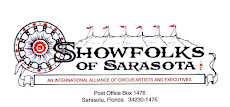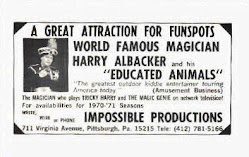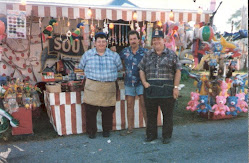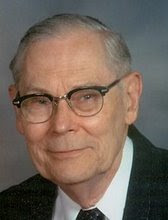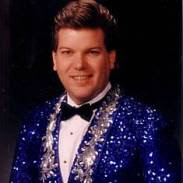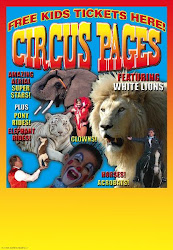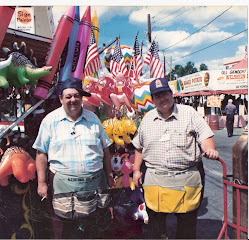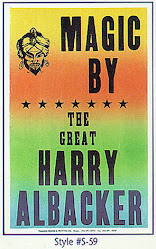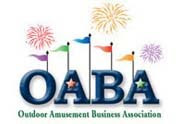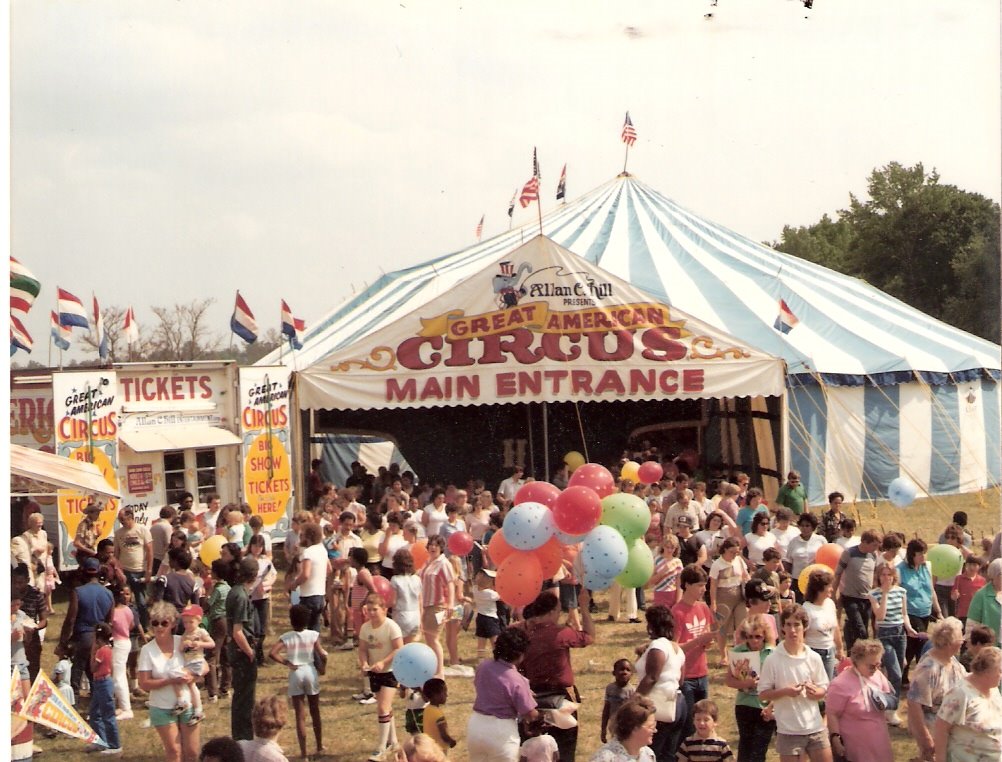 Performers in Circo Hermanos Vazquez rehearse the finale for the show, which opens Friday in Donna. The performers come from around the world, places such as Brazil, Italy and Germany.
Performers in Circo Hermanos Vazquez rehearse the finale for the show, which opens Friday in Donna. The performers come from around the world, places such as Brazil, Italy and Germany.from: themonitor.com
by Julie Silva | Mid-Valley Town Crier
February 6, 2013
DONNA, TEXAS – As a child, Jose Alberto Vazquez would rather climb a tree than study. It was only a matter of time before the joined the family business … a traveling circus.
Vazquez’s dad is one of five brothers running Circo Hermanos Vazquez, which has a show based in Mexico and a second in the United States. The U.S. performance opens Friday in Donna and runs through March 17 before moving to Brownsville.
During a recent rehearsal, Vazquez watched as his cousin, Luva Vazquez, practiced her juggling routine. She’s been practicing for two years. Last year she performed only on Sundays when there were smaller crowds, Jose Alberto Vazquez said, so she wouldn’t get too nervous. This year, Luva Vazquez will get to perform nightly for larger audiences.
At 23, Jose Alberto Vazquez has worked his way up to emcee and animal trainer, but he has vivid memories of the pressure from juggling when he was starting out in the business. All the Vazquezes learn the basics – things like juggling and tumbling – because it helps them decide what act they want to pursue.
Vazquez and Klaus Dieter, a German animal trainer with the circus, both agreed juggling is one of the most nerve-wracking acts.
“Jugglers practice always. I know some jugglers so nervous they would practice eight hours a day,” Dieter said.
Vazquez added, “That’s why I stopped – because you get so crazy.”
One mistake, one dropped ball, can throw off the entire performance.
Also, Vazquez’s routine included a lot of tumbling – somersaults and flips. The floors sometimes were wet from a recent cleaning. His moves combined with the slippery floors, and well, Vazquez said it wasn’t exactly the fall he dreaded.
“The thing that hurts the most is that everybody’s going to be laughing at you,” he said.
He’s since moved on to animal training and his performance includes two camels, a zebra and a little horse. Animal routines are a bit more forgiving, even when the animals have a bad day, simply because people like to look at them.
Still, Vazquez was surprised to hear a pig act was added to the show this year.
“I thought, ‘Usually we eat them,’” he said. “But now I know horses are smarter than dogs.”
Les Kimes corrals four several-hundred pound pig and a baby piglet in his performance, Cousin Grumpy and the Pork Chop Revue.
Kimes’ act is adapted from his father, Uncle Heavy, who named Kimes Grumpy because he rarely smiled as a toddler. His pigs need little guidance during the performance, standing obediently on silver steps, awaiting their turn to shine.
However, the star of the show is Oink – the singing pig.
“It’s good family entertainment,” Kimes said. “They (pigs) are smart; they are clean animals.”
Dieter said pigs are easily trained with food, but they’re quick to nip fingers. Horses are much easier because they watch everything and can recognize hand signals and voice commands. But he’s trained antelopes, bulls and even kangaroos.
The only animal that can’t be trained?
“Women,” Dieter joked.






























































